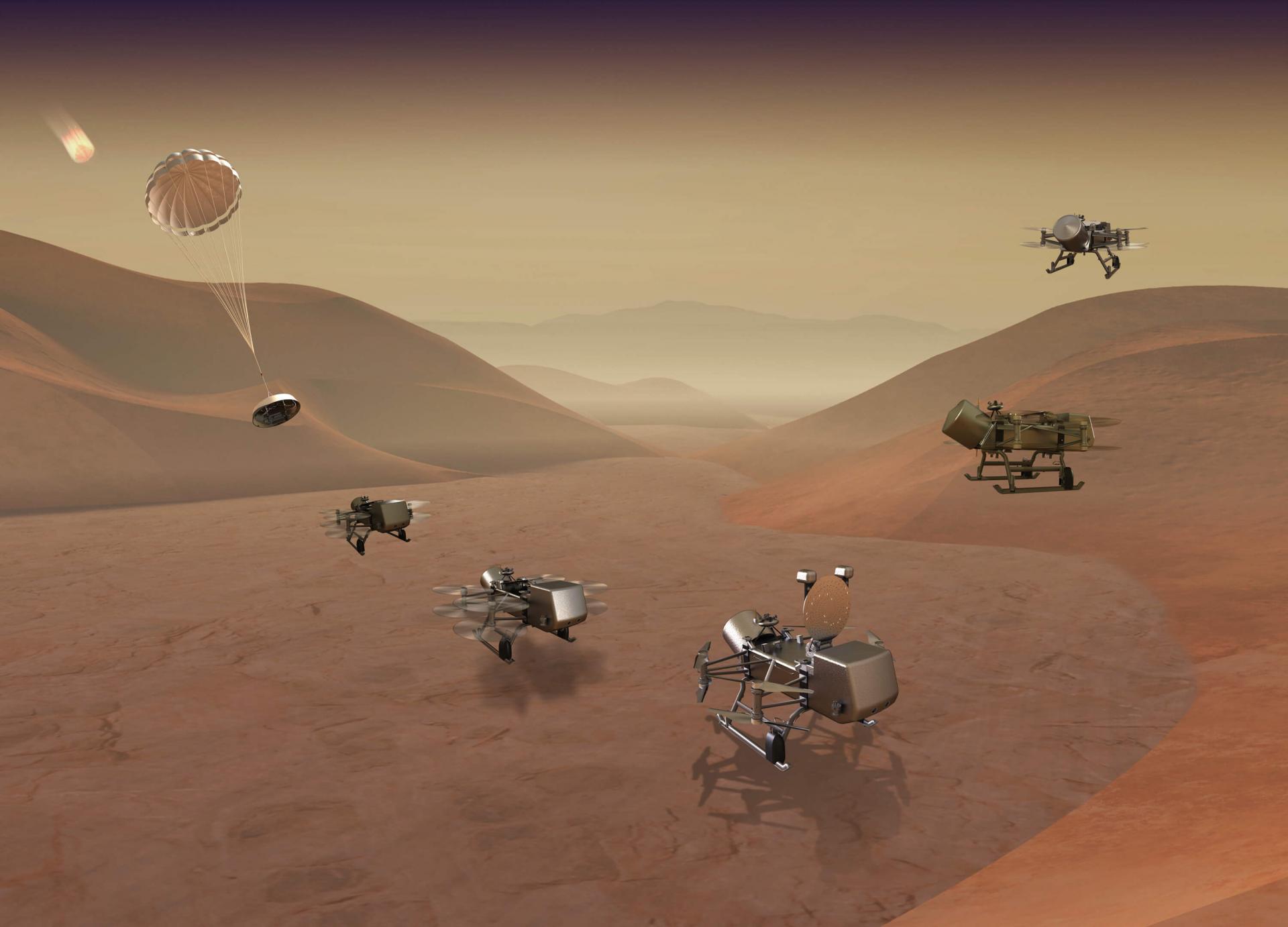Since the dawn of the Space Age, the Johns Hopkins Applied Physics Laboratory has pushed the frontiers of space science, engineering and exploration. APL captured the first picture of Earth from space, invented navigation by satellite, dispatched spacecraft across the solar system from our Sun to Pluto and beyond -- and continues to shape the future by providing our nation with innovative and low-cost solutions to its space challenges.
Throughout the decades, we have taken the lead on numerous groundbreaking projects. In the 1950s and '60s, APL developed Transit, the world's first satellite-based navigation system. Expanding on that expertise, in the 1990s, APL shaped NASA's Discovery and New Frontiers programs, which complemented the agency’s larger, more expensive "flagship" exploration missions. Soon, a variety of planetary and heliospheric missions followed.
In February 1996, the APL-built Near Earth Asteroid Rendezvous (NEAR) spacecraft became the first mission to launch as part of the Discovery program. And, in January 2006, NASA's New Horizons spacecraft — designed, built and operated by APL — launched toward Pluto as the first mission of the medium-class New Frontiers program, the vanguard for a new age of low-cost planetary exploration.
APL’s pioneering work through the first half-century of the Space Age is chronicled in a book titled Transit to Tomorrow: Fifty Years of Space Research at the Johns Hopkins University Applied Physics Laboratory. The book contains oral histories from more than 50 people who contributed to and shaped the history of the Lab’s space program.

APL has designed and built some of NASA's most innovative and challenging missions in just the past two decades. These include:
- MESSENGER, which rewrote the book on Mercury.
- The Van Allen Probes, which provided valuable information on Earth's hazardous radiation belts and dynamic space weather.
- The STEREO spacecraft, which provided the first-ever 360-degree, three-dimensional views of our Sun.
- The New Horizons mission to Pluto and the Kuiper Belt, which returned the first close-up images of the most distant “worlds” explored in our solar system — including the Kuiper Belt object Arrokoth, more than 4 billion miles from Earth.
- Parker Solar Probe, which is flying through the Sun's atmosphere to gain unprecedented insight into the solar wind that flows throughout the solar system.
- DART, the world's first planetary defense test mission that marked humanity's first time purposely changing the motion of a celestial object and the first full demonstration of asteroid deflection technology.
In the coming decade, we're developing IMAP, an unprecedented analysis of the boundary between our solar system and interstellar space; Dragonfly, a game-changing rotorcraft expedition to Saturn's moon Titan; and Europa Clipper, a partnership with the Jet Propulsion Laboratory to examine the habitability of Jupiter's large icy moon.
In all, APL has designed and built more than 70 spacecraft and hundreds of specialized instruments. Combined, these spacecraft and instruments have visited every planet in our solar system and collected information that has expanded humankind's understanding of the universe.

The nation’s largest University Affiliated Research Center, APL is one of the few institutions in the country with proven capability to lead a mission from design and build through operations and data delivery. By leveraging expertise and advanced technologies developed through our national security research and development programs, APL provides the nation with a significant return on its investment in applied science and technology.
APL's competence, commitment and dedication to discovery, engineering, technology and information systems deliver outstanding science — on-time and within budget.



